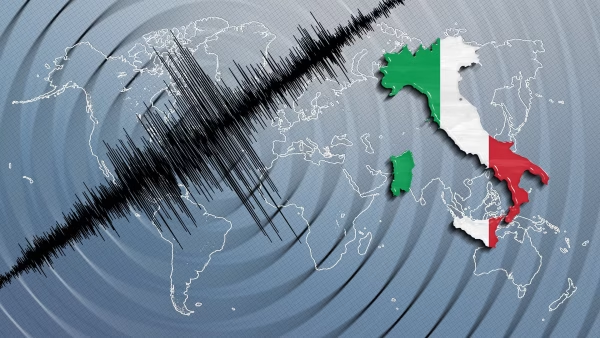More Missiles for North Korea; More Mayhem for the World
What’s been happening with North Korea? Never before has the world been forced to deal with a rogue state armed with nuclear weapons. From simple insults like calling President Donald Trump a “dotard” to testing long-range ballistic missiles capable of reaching any city within the US, the story of North Korea grows more interesting by the minute.
The most recent commotion occurred on November 28, at 3 AM “Pyongyang” time, or 1:30 EST, when North Korea successfully launched a ballistic missile that state-run media claimed to be able to reach the any other city inside the United States. However, many people around the world are doubtful that the “Hwasong 15” ICBM even exists.
Photographs distributed by the Korean Central News Agency (the KCNA) appear to have been tampered with. According to US sources, the launch occurred at around 3:00 in the morning for North Koreans. Because most of North Korea has no electricity, stars depicted in the photos show a sky alight with stars. Based on their position in relation to the time the pictures should have been taken, astronomers concluded that the sky could not have been like how it was pictured in the photographs, and therefore, the pictures were tampered with. Whether this means that the missile is fake or not remains a mystery, as US intelligence officials state that they already were aware of the upcoming launch. However, the pictures being tampered with does show the the missile may not be what it appears to be, and some features of the missile may have been exaggerated in order to make the missile look as intimidating as possible. Or the North Koreans wanted to make the missile stand out against the black night sky. Either way, it is clear that a missile was launched, but it remains unclear whether the test actually went well.
Proof still remains, however, that the test actually happened. The crew of a Cathay Pacific flight claimed that they say the missile as it fell into the sea around Japan’s Exclusive Economic Zone (a zone of sea a country controls but can only be used for trade and economic activities). This claim sparked fear among other airlines, and as a result, Singapore Airlines extended its no-fly zone around North Korea. In doing this, they essentially rerouted every single one of their flights that were going to fly through that area, making for a nightmare in fuel needed and the cost for the trip. The chance of such an incident actually occurring, however, remains slim as the “splashdown zone” (the zone in which a missile hits the water after a test) is usually pre-defined and any missiles splashing down further out might end up in a country’s territorial waters (which the country in question has complete control over), which would inevitably lead to issues for North Korea. However, the threat is still there, and the chances of detecting the missile are slim for some aircrafts. Even if the missile were detected, how do you maneuver a double-decker Airbus A380 so that it can get out of the missile’s trajectory without causing a mass panic and damage to the aircraft?
With recent successful launches in the past few months, de facto leader Kim Jong Un has made remarks threatening the United States and its interests. Many news agencies are worried that North Korea will start a World War 3. His harsh comments, however, are what many believe to be an attempt to sow fear into the populace and to assert a (nonexistent) dominance over the world.
All of this material on missile launching is quite frightening, but what makes it so frightening? What is inside of a “nuke”? A nuclear bomb is usually made of either uranium or plutonium. These so-called “warheads” are then mounted onto a rocket and launched. If the President were to order a nuclear attack on North Korea, they would immediately launch their sizable artillery fleet against Seoul, possibly killing thousands or more. If they launched a missile at the US, the military would attempt to shoot the threat down using a system called THAAD, or Terminal High-Altitude Area Defense. This is a relatively undeveloped and imprecise system that detects incoming missiles and launches a smaller missile to intercept and destroy the incoming missile. The system has been labeled as imprecise and disruptive to the small South Korean village it was installed in. However, for the villagers protesting the THAAD system, very little hope remains, as keeping the THAAD in place might be the savior of South Korea.
While North Korea remains at bay at the moment, there is a high probability something will go wrong. Many news headlines on North Korea scream that the US is running out of options for dealing with North Korea, and war is near. But is war really coming? Only time will tell, but it is clear that the best way out is a peaceful end to this unique nuclear crisis.







